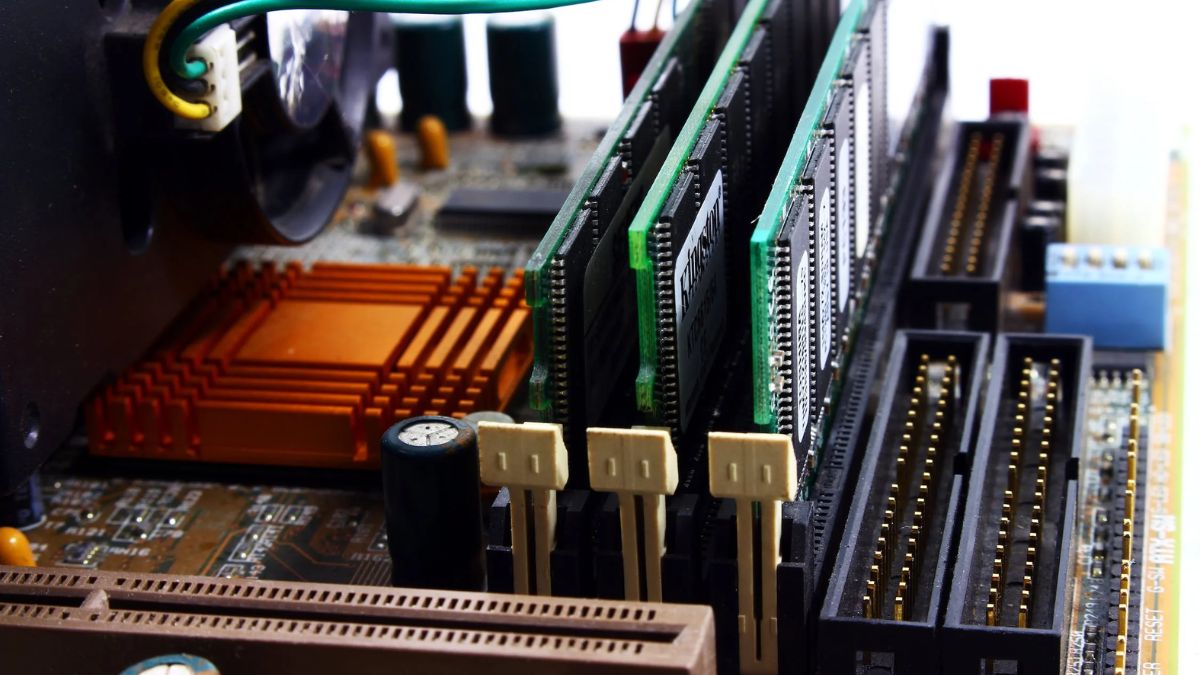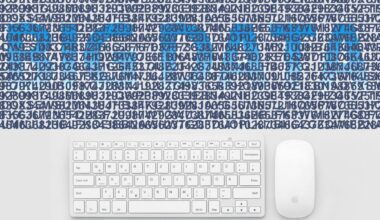In today’s fast-paced digital age, a sluggish computer can be a significant bottleneck in productivity and enjoyment. Whether it’s a lagging startup, slow response times, or delayed program launches, a sluggish computer can be frustrating. Fortunately, there are numerous strategies and tips to revitalize your system’s speed and performance without breaking the bank. In this comprehensive guide, we’ll explore a plethora of methods to turbocharge your computer’s performance and regain its lightning-fast responsiveness.
Understanding the Culprits of Sluggishness:
Before diving into solutions, understanding the factors contributing to a slow computer is crucial. Common culprits include:
Insufficient Memory (RAM): Running multiple applications simultaneously can strain your RAM, causing your system to slow down.
Fragmented Disk Drives: Over time, files become fragmented across your hard drive, impacting read/write speeds.
Outdated Hardware: Aging hardware, such as old processors or hard drives, might struggle to keep up with modern software demands.
Excessive Startup Programs: Numerous programs launching at startup can significantly delay the booting process.
Effective Strategies to Speed Up Your Computer:
Perform Regular Maintenance:
Disk Cleanup: Clear temporary files, cache, and unnecessary data using built-in disk cleanup tools or third-party software.
Defragmentation: Defragment your hard drive to organize files for faster access speeds.
Upgrade Hardware Components:
Increase RAM: Consider upgrading your RAM to accommodate multitasking without slowing down.
Solid State Drive (SSD): Upgrade to an SSD for significantly faster read/write speeds compared to traditional hard drives.

Optimize Startup Programs:
Disable Unnecessary Startup Apps: Review and disable unnecessary programs from launching at startup to expedite boot times.
Uninstall Unused Software:
Remove Unnecessary Applications: Clear your system of unused programs to free up disk space and declutter your system.
Update Software and Drivers:
Install Updates: Keep your operating system, software applications, and drivers up-to-date to ensure optimal performance and security.
Utilize System Performance Tools:
Task Manager (Windows) or Activity Monitor (Mac): Monitor resource-heavy applications and processes, and close or manage them accordingly.
Employ Antivirus and Malware Scans:
Regular Scans: Run comprehensive scans using reliable antivirus software to eliminate malware that could be slowing down your system.
Optimize Power Settings:
Balanced Power Plan: Adjust power settings to the “Balanced” mode to strike a balance between performance and energy efficiency.
Consider a Fresh Operating System Installation:
Clean Install: As a last resort, consider performing a clean installation of your operating system to remove accumulated clutter and start afresh.
A sluggish computer doesn’t have to be a perpetual annoyance. By implementing these strategies and maintaining a proactive approach to computer health, you can significantly boost your system’s speed and performance.
Remember, regular maintenance, efficient resource management, and hardware upgrades, if necessary, are key to ensuring your computer operates at its full potential. With these tips at your disposal, say goodbye to frustration and hello to a revitalized, lightning-fast computer experience!










